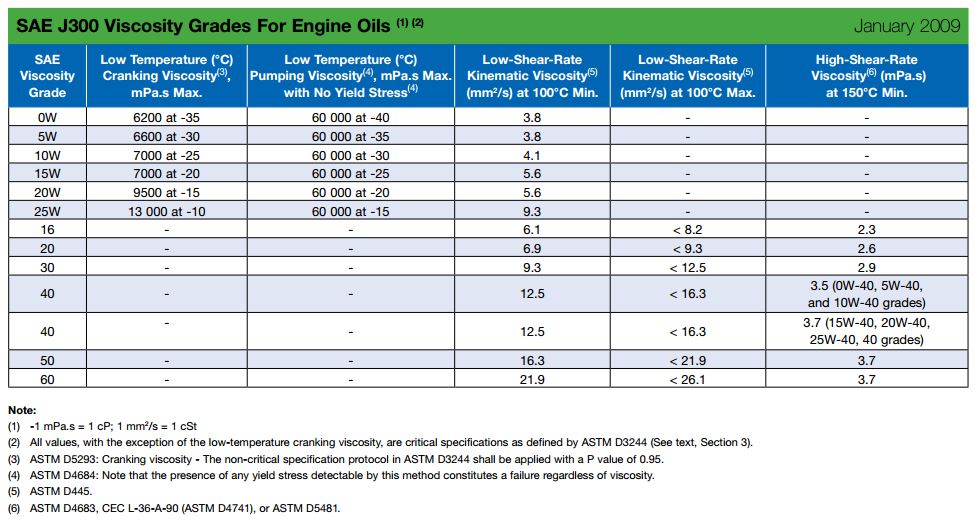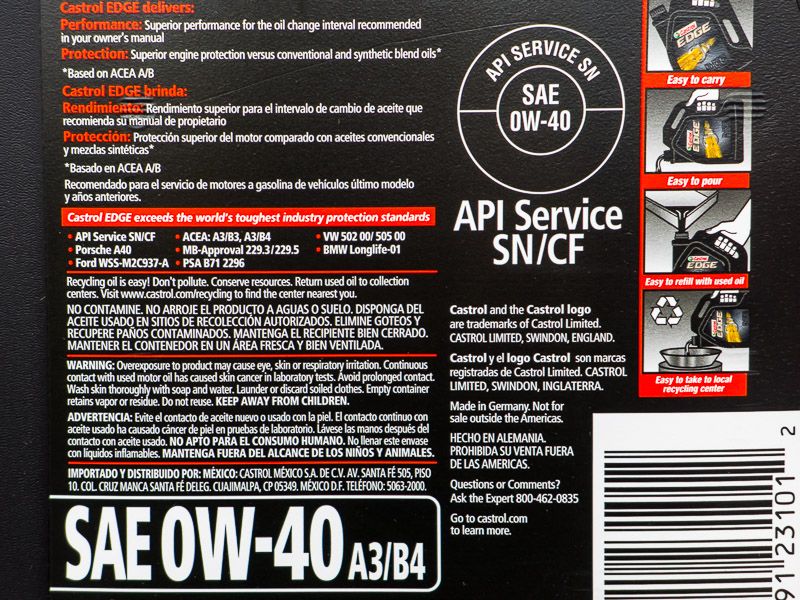Originally Posted By: theeagleflies
Good question...... Just wondering how the different oils compare in this category; another data point to look at.
wondering if most name brands are similar or dissimilar.
It really depends on the purpose of the formulation. If an oil was formulated to offer better fuel economy (ILSAC GF-5 or 6, for example), then it will have a lower HT/HS viscosity. On the other hand, if an oil was formulated to meet some of the Euro specs such as ACEA A3/B4, then it'll have a high HT/HS viscosity - at least 3.5 cP.
So, for example, a 5w-30 oil meeting ILSAC GF-5 will have HT/HS of around 3.0 cP. But a 5w-30 oil designed to meet ACEA A3/B4 spec will have HT/HS of 3.5-3.6 cP, typically.




